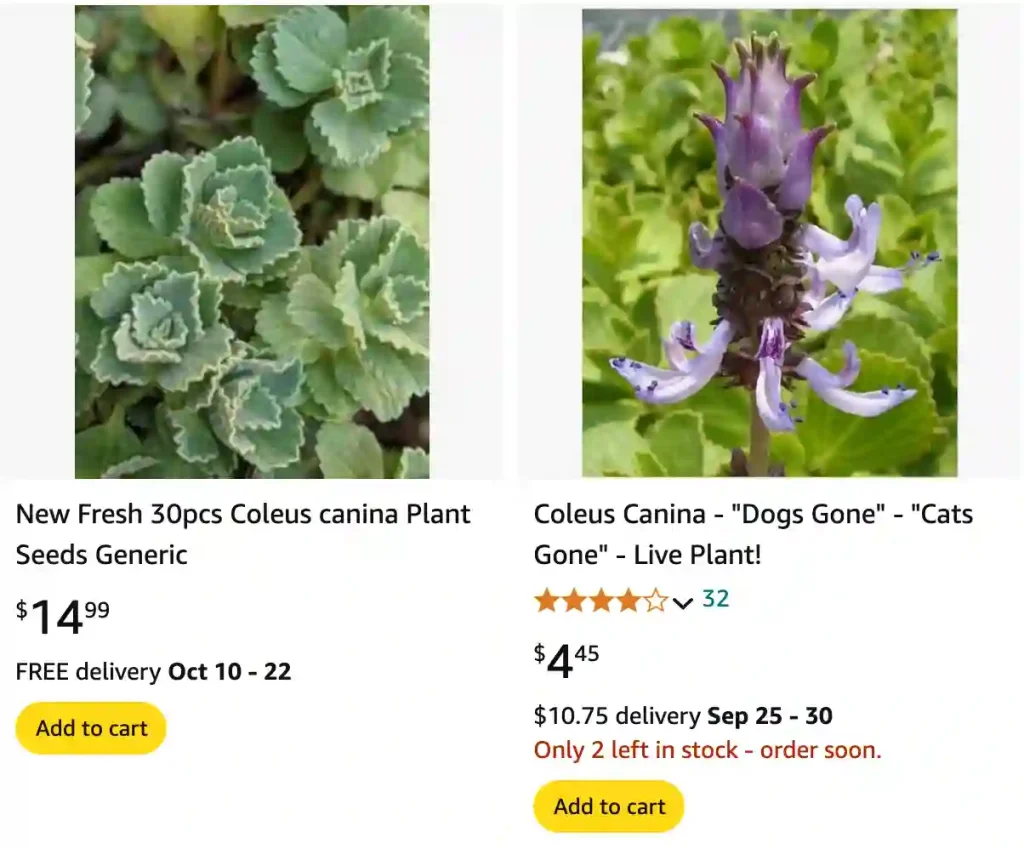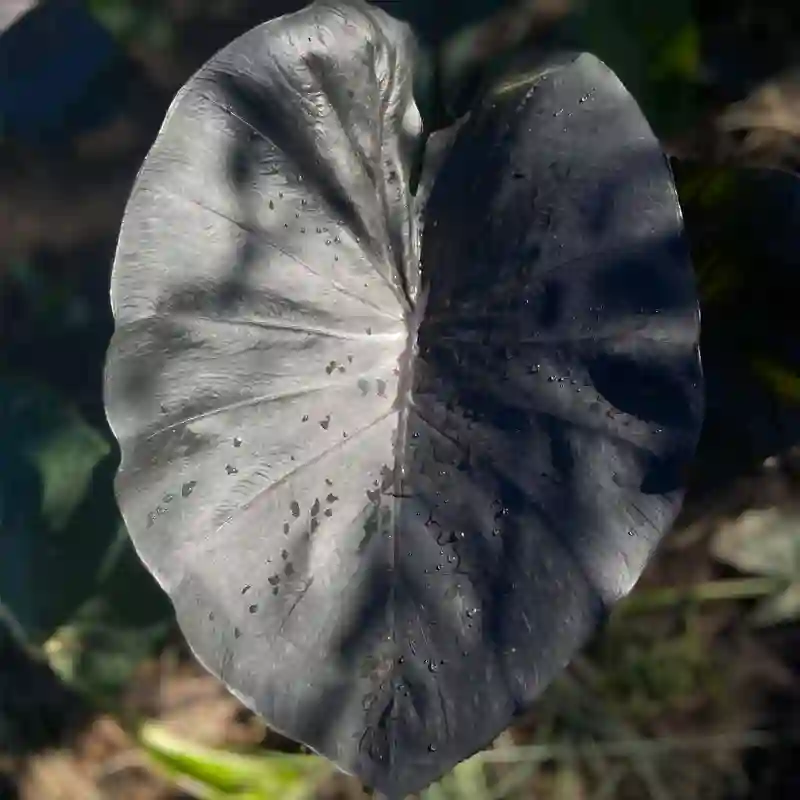
FAQs About Coleus Caninus
Coleus Caninus has captured my attention for its unique characteristics and surprising uses. As a plant enthusiast, I’ve often found myself diving deep into its details. Here’s a compilation of frequently asked questions about Coleus Caninus, or as I like to call it, the “scaredy cat plant”.
302 Species in Genus Coleus
What Is Coleus Caninus?
Coleus Caninus is an intriguing perennial plant native to Africa and Asia. It’s often noted for its distinct foliage, which can range from green to purple hues. However, what truly sets it apart is its strong scent, which is said to repel cats and dogs. This makes it an excellent choice for those looking to keep pets away from certain areas of their garden.
How to Care for Coleus Caninus?
Caring for Coleus Caninus is fairly straightforward. Here are my key tips:
- Light Requirements: This plant thrives in partial shade to full sun. I’ve noticed that providing morning sunlight while protecting it from harsh afternoon rays yields the best results.
- Soil Type: A well-draining soil mix is essential. I prefer a combination of potting soil and perlite to ensure good drainage, which helps prevent root rot.
- Watering: Keep the soil consistently moist but not soggy. In hot weather, I water more frequently. However, I always check the top inch of soil before adding more water.
- Temperature and Humidity: Coleus Caninus loves warm temperatures. I keep mine in a space that ranges from 65°F to 75°F (18°C to 24°C). It enjoys higher humidity, so I sometimes mist it, especially during dry seasons.
- Fertilization: I fertilize it every four to six weeks during the growing season with a balanced liquid fertilizer. This helps promote lush growth and vibrant colors.
How to Propagate Coleus Caninus?
Propagating Coleus Caninus is one of my favorite activities. It’s relatively simple and can be done through stem cuttings:
- Choose Healthy Stems: I select healthy, non-flowering stems for the best results.
- Cut and Prepare: I cut the stem about 4 to 6 inches long, just below a leaf node.
- Rooting Process: I place the cut end in a glass of water or directly into moist potting soil. If using water, I change it every few days to prevent stagnation. In about 2-4 weeks, roots will develop.
- Transplant: Once the roots are a couple of inches long, I transplant them into their own pots.
What to Plant With Coleus Caninus?
When planning your garden, consider companion planting. Coleus Caninus pairs well with other plants that enjoy similar light and water conditions. I’ve had success combining it with marigolds and other ornamental grasses. They not only complement its unique scent but also enhance the overall aesthetic of the garden.
Is Coleus Caninus Toxic?
One of the frequent concerns among pet owners is toxicity. Fortunately, Coleus Caninus is non-toxic to humans, dogs, and cats. However, while the plant repels pets due to its odor, it’s always wise to monitor any unusual behavior in your animals.
Benefits of Coleus Caninus
There are several benefits to growing Coleus Caninus:
- Pet Repellent: Its most notable benefit is its ability to deter cats and dogs, making it ideal for gardens frequented by pets.
- Aesthetic Appeal: With its vibrant foliage, it adds a pop of color to any garden or indoor space.
- Easy Maintenance: As I’ve mentioned, it requires minimal care, making it perfect for both novice and experienced gardeners.
Common Problems with Coleus Caninus
Like any plant, Coleus Caninus can face a few challenges. Here are some common issues I’ve encountered:
- Overwatering: The most significant problem is root rot due to excessive watering. I’ve learned to keep an eye on the soil’s moisture level.
- Pest Infestation: Occasionally, I’ve spotted aphids or spider mites. A gentle spray of neem oil has worked wonders for me in managing these pests.
- Fading Color: If the leaves start to lose their vibrant colors, it may indicate insufficient light. I typically move it to a brighter spot when this happens.
How Does Coleus Caninus Compare to Other Plants?
Coleus Caninus is often confused with other similar plants like Catnip (Nepeta cataria) or Catmint (Nepeta mussini). While both are known to attract cats, Coleus Caninus acts as a repellent. This difference makes it a unique addition to gardens aimed at deterring pets rather than attracting them.
Final Thoughts
Coleus Caninus has proven to be a fascinating plant in my collection. Its ability to repel pets while adding beauty to my garden is a winning combination. Whether you’re a seasoned gardener or just starting, I highly recommend giving this plant a try. Not only will it serve a practical purpose, but it will also enhance your green space in style.
If i die, water my plants!



